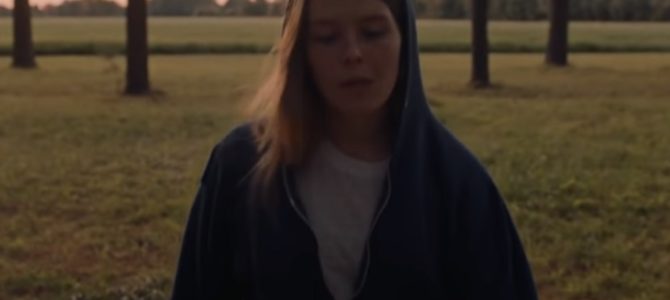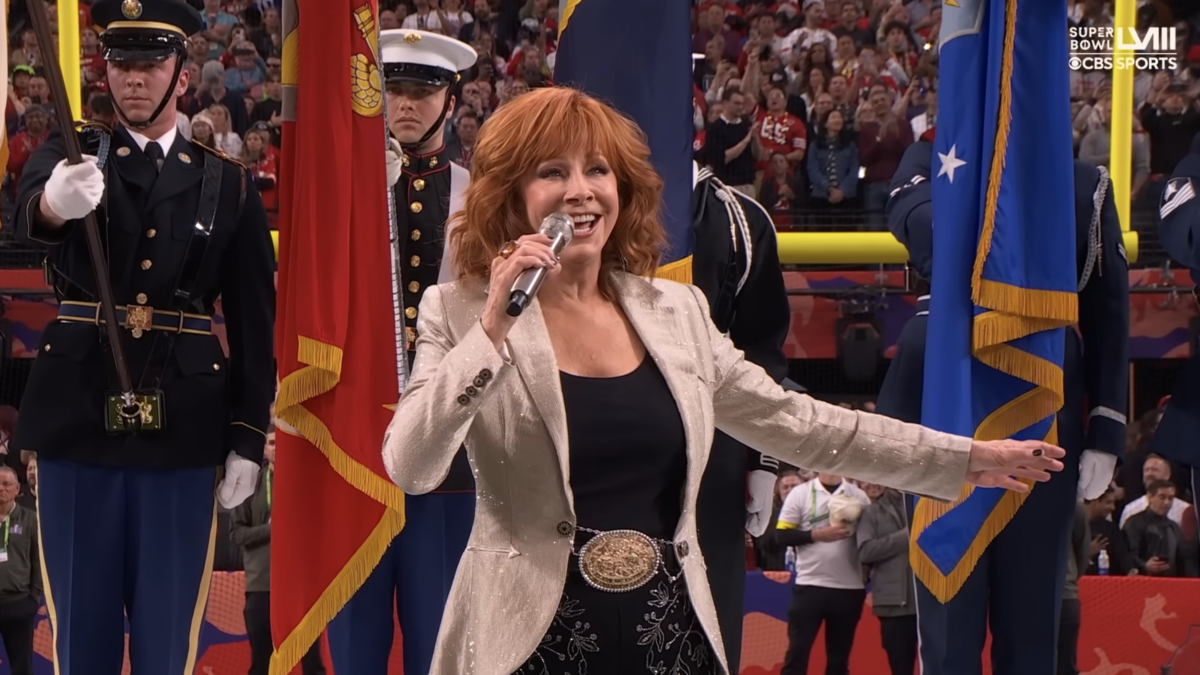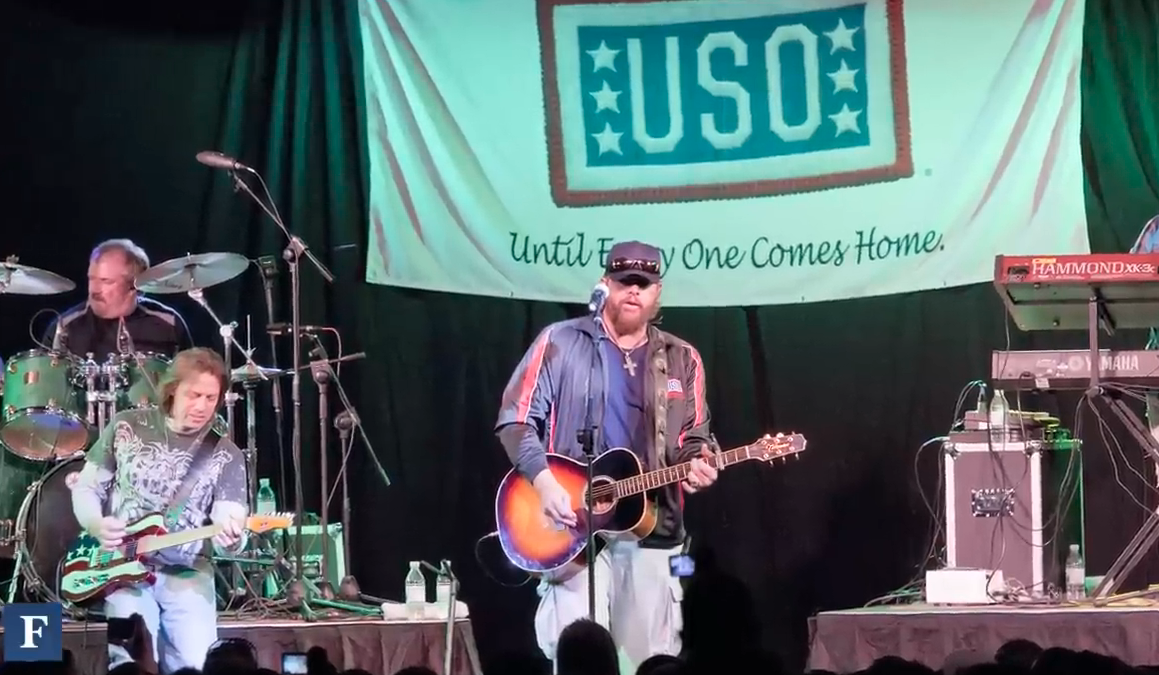In “Light On,” Maggie Rogers establishes a compact with her fans. “If you keep reaching out, then I’ll keep coming back. And if you’re gone for good, then I’m okay with that,” she pledges. “If you leave the light on, then I’ll leave the light on.”
Rogers’s lyrics take listeners behind the scenes of her meteoric rise to success, which was triggered in 2016 after a YouTube video of Pharrell praising her soon-to-be viral song “Alaska” exploded. Before the books close on 2018, the 24-year-old will have played “Saturday Night Live” and opened for Mumford and Sons.
Apart from being a well-written song, “Light On” speaks to something interesting about this moment in the music industry. Young artists can engage with their fan bases like they engage with their friends: on Facebook, Twitter, and Instagram. The corporate middlemen come later.
That’s been true in varying degrees since the dawn of the Internet—and decent people have always been grateful to their fans—but the phenomenon is still relatively new. “Light On” is a powerful example of how millennials and even younger listeners are having a different experience with popular music than their parents did.
Requesting songs and buying records used to, and still does, boost the fortunes of up and coming artists. But some, like Rogers, are catapulted to prominence more organically, and with direct access to the fans responsible for sharing their work with friends, increasing those click counts and follower numbers until commercial successes is all but inevitable. Most of us will know what that’s like to observe the process as a fan, but few will know what it’s like for an artist. “Light On” gives us a window into that strange experience.
Perhaps appropriately, the song opens and closes with just Rogers and a guitar, although it swells to a crescendo by the chorus, driven by a forceful beat and expansive, echoing vocals. Rogers reflects on the dueling stresses and euphoria of sudden fame, ultimately finding the power to press forward in her fans.
“Would you believe me now if I told you I got caught up in a wave? Almost gave it away. Would you hear me out if I told you I was terrified for days? Thought I was gonna break,” she sings.
In the build-up to the first chorus, Rogers admits to having “tried to slow it all down.” She remembers “crying in the bathroom” with “everyone around me saying ‘You must be so happy now.’” But like her career, “Light On” doesn’t slow down, and bursts instead into glittering “electro folk-pop” magic by the chorus.
As the noise fades and Rogers returns to singing over nothing more than a quiet guitar lick, she reassures her fans once more that if they leave the light on, she will too.
It’s not quite her best (“Fallingwater” and “On + Off” are sublime), but that would be a difficult bar to surmount. Rogers spent the week of “Light On’s” release re-posting fan covers of the song to her Instagram story, usually with heartfelt compliments. Perhaps with the Maggie Rogers-boost, some of her interpreters will begin their own gradual ascents.
“Light On” is a characteristic snapshot of Rogers’s innovative sound, but it’s also a snapshot of how YouTube rocked one person’s life, and moved her to forge an agreement with all the people who shared her links and put her on the world stage. That makes it a song worth enjoying now, and remembering in the future.









